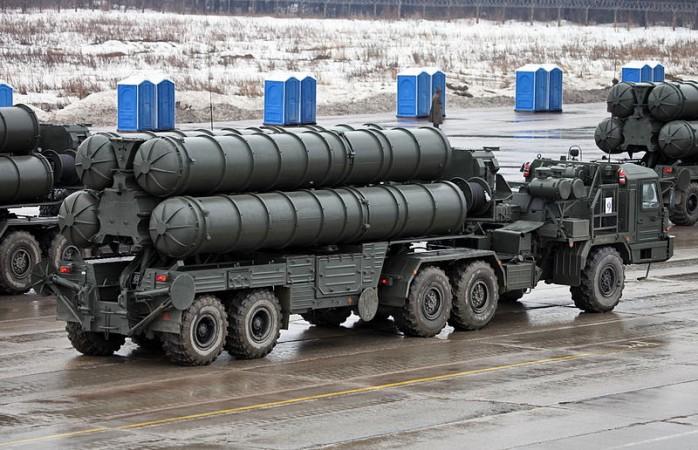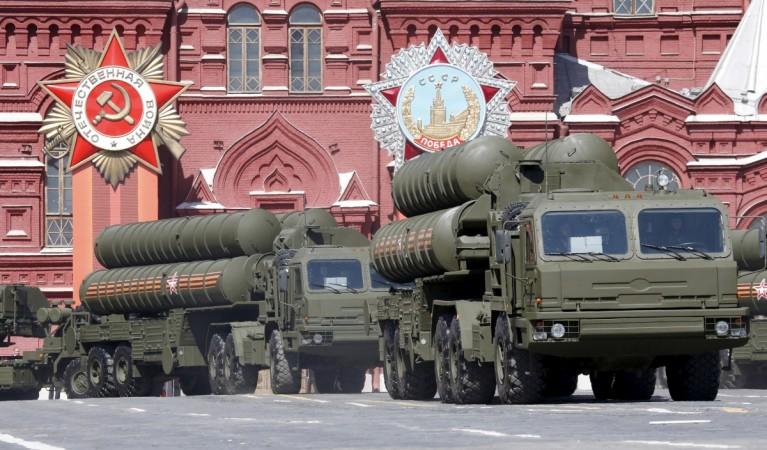
The People's Liberation Army (PLA) is set to test fire its newly acquired Russian-made S-400 Triumf advanced interceptor-based air defence systems in the next few days. The S-400 Triumph is a surface-to-air missile system which was delivered to China last week.
With a global dominance in sight, the Xi Jinping administration is aggressively enhancing its defence capabilities on air, land and sea.
One of the officials related to the development said told TASS news agency "It is planned that in late July-early August the unit of the Chinese People's Liberation Army, which underwent training in Russia, will carry out the firing against a simulated ballistic target at a Chinese firing ground".
China started receiving the S-400 components including launchers and mobile radar systems from Russia in April. Russian personnel trained to handle to one of the most advanced air defence systems in the world has also been training the PLA since past few months. With the training culminating last week, the inaugural test fire is expected to take place in the upcoming days.
The transition to using the S-400 air defence system for the PLA is going to be easy as it has been using the using Russian made the S-300 air defence system since the 1990s. India and Turkey are also in talking terms with the Putin administration to buy the S-400 air defence system to enhance its air defence.

Similarly, the US equivalent to the Russian S-400, Terminal High Altitude Area Defence System (THAAD) is also going through an up-gradation process in South Korea. The Pentagon announced in mid-July that the THAAD missile system which is deployed in the Korean peninsula to counter any misadventure by North Korea and China will go through an up-gradation.
The second regimental set likely to be delivered by the end of 2018 as China had ordered two S-400 regiments for an estimated $3 billion. An S-400 regiment consists of two battalions (also called divisions in the Russian military), which is further split into two batteries.
A battery can consist of up to 12 transporter erector launchers (TELs) but commonly 4 to 8 TELs are used per unit. A mobile battery can be deployed within five to ten minutes and it can intercept up to 36 targets at a time.

















